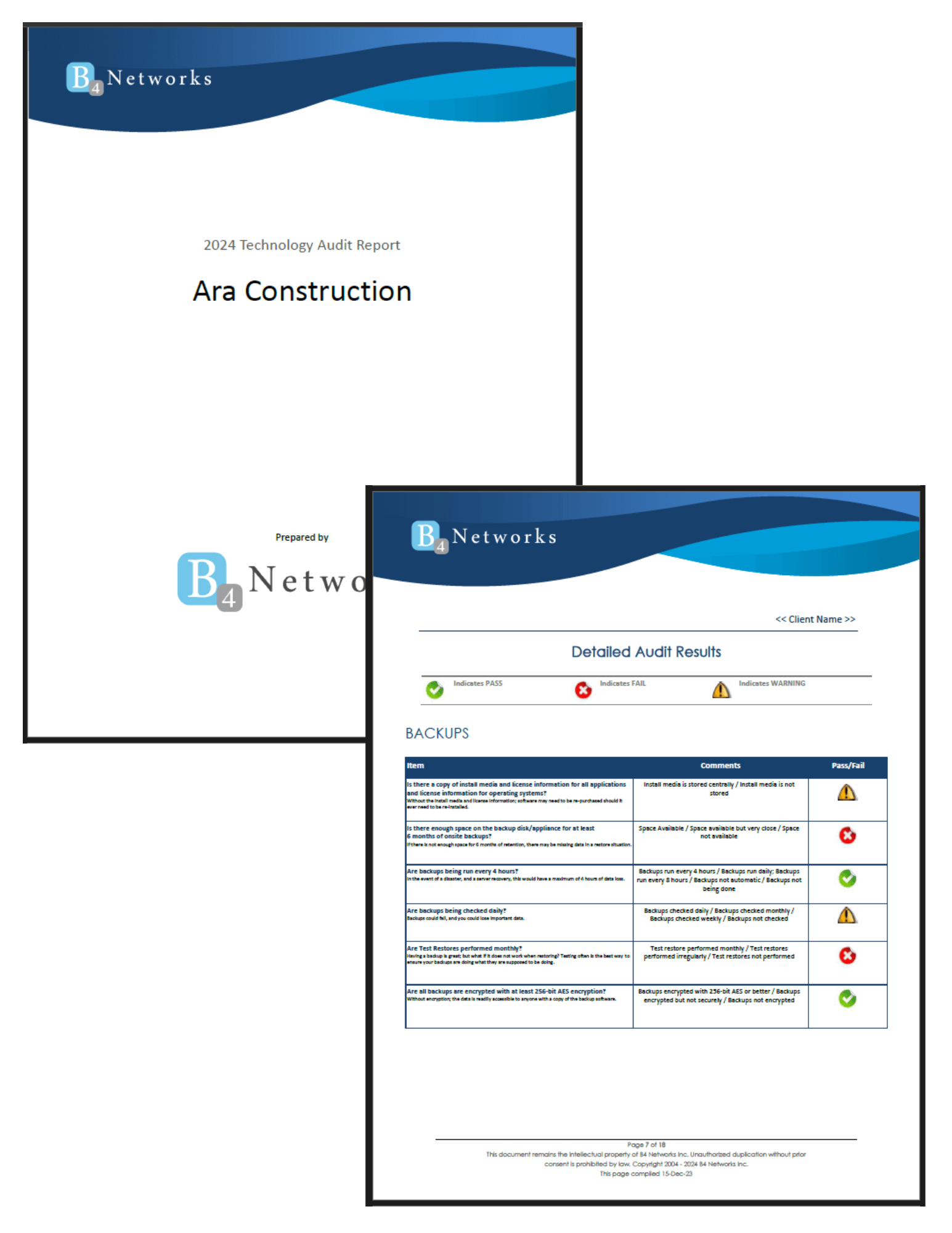Authored by: Bryan Lachapelle, President & CEO
 We’ve all seen them, those shady emails or texts warning of missed payments, unusual logins, or account locks. Most people think, “I’d never fall for that.” But the reality is different. Hackers rely on one of the oldest, most powerful tricks in the book: fear.
We’ve all seen them, those shady emails or texts warning of missed payments, unusual logins, or account locks. Most people think, “I’d never fall for that.” But the reality is different. Hackers rely on one of the oldest, most powerful tricks in the book: fear.
Fear works because it triggers panic and urgency, short-circuiting your ability to think clearly. In this blog, we’ll go beyond simply recognizing these scare tactics. You’ll learn how to hack the attack by spotting emotional manipulation, pausing under pressure, and using a skill no antivirus can provide: calm thinking.
Why Fear Works Against You
When fear kicks in, your brain flips into survival mode. Scammers know this, and they design messages that create panic, making you click before you think.
But there’s a scientifically proven way to regain control. Psychologists call it affect labeling, the simple act of naming your feelings. By stating, “I’m feeling rushed,” or “This email is trying to scare me,” you activate your brain’s rational center and quiet the fear response.
Step 1: Call Out the Manipulation
Imagine you get an email saying: “Missed payment. Your account will be locked unless you act now.”
Instead of reacting, pause and say out loud:
“I’m feeling pressured. This message is triggering urgency.”
By naming the emotion, you create a moment of clarity. That tiny pause is enough to weaken the scammer’s hold and bring your judgment back online.
Step 2: Breathe Before You Click
Scammers count on urgency like “Verify now!” or “Act immediately!” to keep you from thinking. But panic is the enemy of good decisions.
When you feel anxiety rise, stop. Take five slow, deep breaths. The goal isn’t to analyze the email right away, but to interrupt the fear spiral. This grounding technique creates space for your logical brain to reengage.
Once calm, give yourself a clear directive:
“I give myself permission to double-check through official channels.”
Suddenly, you’re no longer reacting to their script. You’re following your own.
Step 3: Rehearse Your Calm Response
Like any skill, resilience improves with practice. Try this mental rehearsal:
Picture a message that says: “Urgent: Your payroll info is needed immediately.”
Now, visualize your response:
-
You pause.
-
You breathe.
-
You reach out to HR directly to confirm.
This simple exercise builds cognitive muscle memory. When a real phishing attempt hits, you’re ready to respond with confidence instead of panic.
Building Emotional Resilience = Building Cybersecurity
Yes, it might feel a little odd at first, naming emotions, practicing deep breathing, or rehearsing scam responses. But these small actions create instinct-level security.
You’re not just learning to spot phishing emails. You’re building emotional resilience. And that resilience could be the difference between clicking a malicious link, or shutting a scam down cold.
Takeaway: Next time a suspicious message tries to scare you into acting fast, pause, breathe, name your feelings, and reclaim your calm. Hackers want fear to do their work for them. Don’t let it. Book a meeting today to stay ahead of phishing scams.



